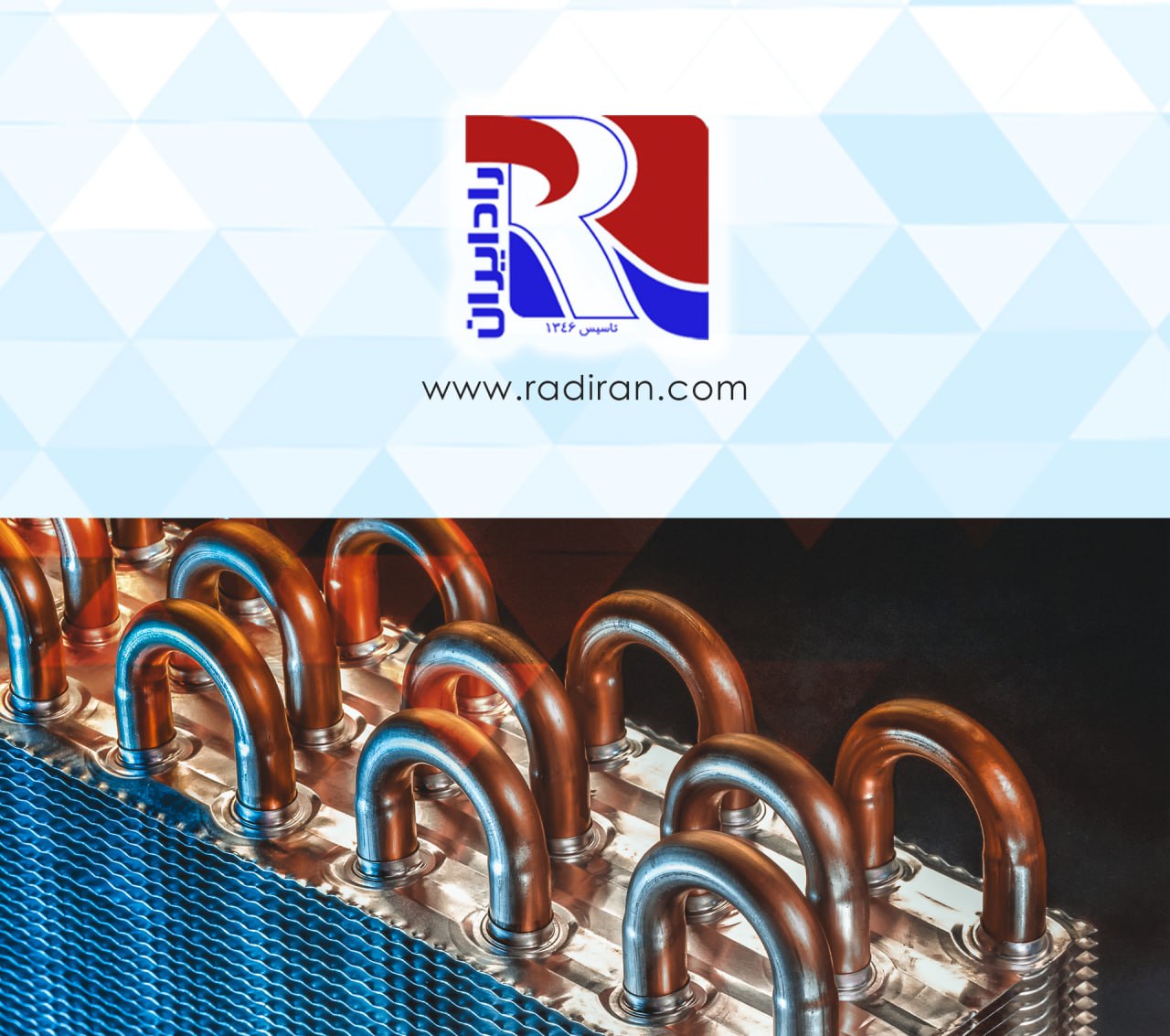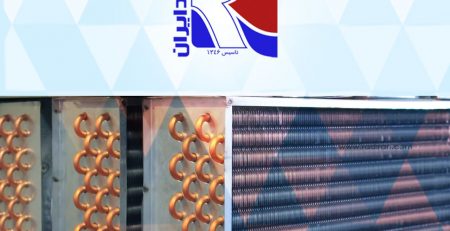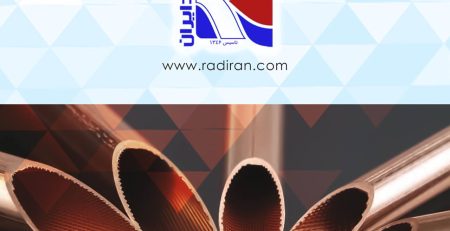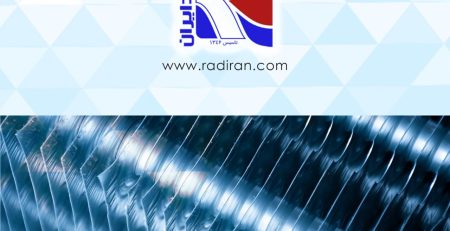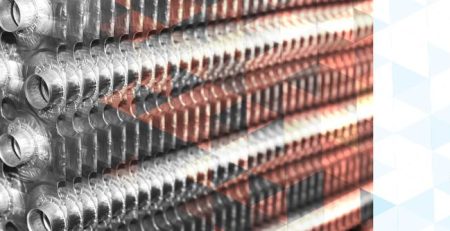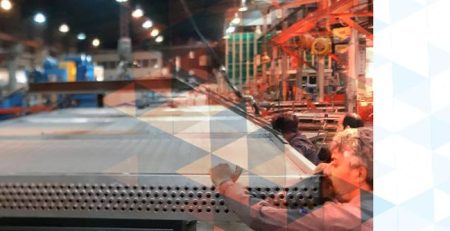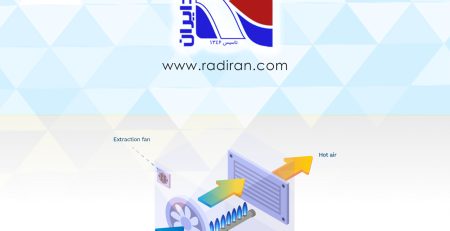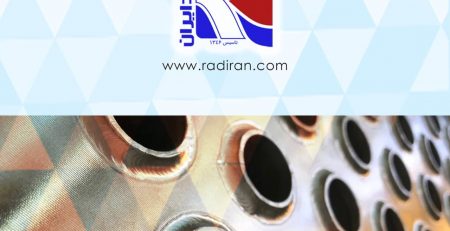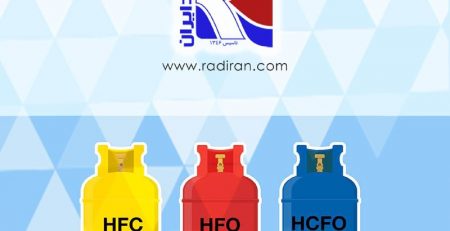Heat transfer in fin tube coils
Heat transfer in fin tube coils is an important aspect of many thermal systems, including air conditioning, refrigeration, and heat exchangers. Understanding the key factors influencing heat transfer in fin tube coils is essential for optimizing their performance. Radiran in this essay will explore these important factors.
Firstly, the geometry of the fin tube coil significantly impacts heat transfer. The surface area of the fins plays a critical role in enhancing heat transfer rates by increasing the contact area between the coil and the surrounding fluid. Fins are typically designed with various shapes and configurations, such as straight, serrated, or corrugated, to maximize surface area and promote turbulence, thereby improving heat transfer efficiency. Additionally, the thickness of the fin material affects heat transfer performance, with thinner fins generally offering better thermal conductivity but requiring careful consideration to prevent structural integrity issues.
Secondly, the material properties of the fin tube coil are one of the most important factors for efficient heat transfer. Materials with high thermal conductivity, such as copper or aluminum, are commonly used for their ability to quickly conduct heat between the coil and the surrounding fluid.
Furthermore, fluid dynamics within the fin tube coil play an important role in heat transfer. Proper design of inlet and outlet configurations, as well as flow distribution within the coil, ensures uniform heat dissipation and prevents stagnation zones that can hinder thermal performance. Turbulators or flow enhancement devices may be incorporated into the design to promote turbulent flow and improve heat transfer rates.
Moreover, environmental factors such as ambient temperature and humidity levels influence heat transfer in fin tube coils. Operating conditions outside the design parameters can affect thermal performance and efficiency, highlighting the importance of proper system sizing and insulation to mitigate external influences.
In conclusion, heat transfer in fin tube coils is influenced by various factors, including geometry, material properties, fluid dynamics, and environmental conditions. In Radiran, by carefully considering these factors during the design and operation of fin tube coil systems, our engineers can optimize heat transfer efficiency and ensure reliable performance in a wide range of thermal applications, especially in fin-tube and shell-tube coils.

